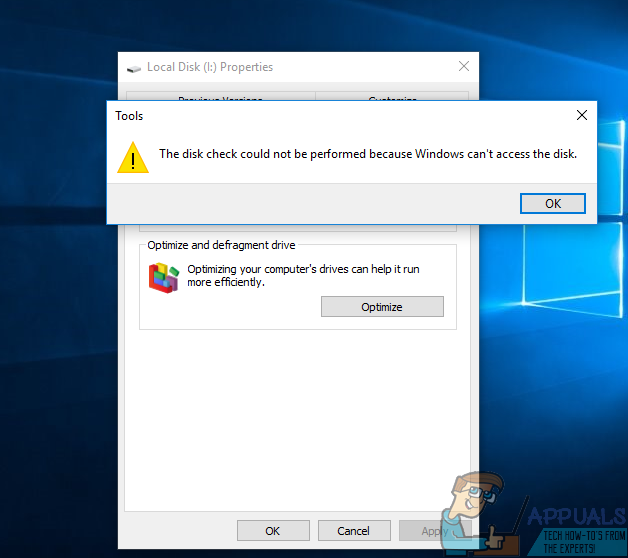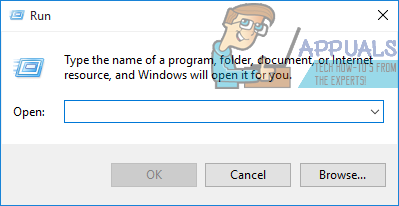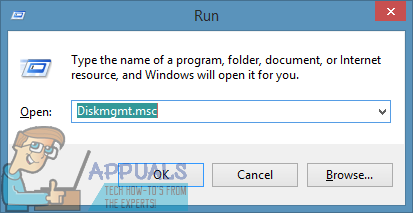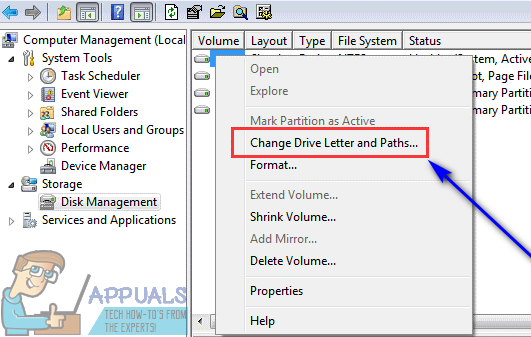Fix: The Disk Check Could not be Performed Because Windows Cannot Access the Disk
 If a Windows user connects an external hard drive to their computer, the hard drive and its partitions show up in My Computer or Computer along with all the other drives connected to the computer. However, in some cases, the external hard drive does show up but cannot be opened and, when the user right-clicks on it and clicks on Properties, shows as having 0 bytes of Used space and 0 bytes of Free space. The first thing a user affected by this problem does, in most cases, is run CHKDSK – a built-in Windows utility designed to scan hard drives for errors and bad sectors and try to fix any that it finds.
If a Windows user connects an external hard drive to their computer, the hard drive and its partitions show up in My Computer or Computer along with all the other drives connected to the computer. However, in some cases, the external hard drive does show up but cannot be opened and, when the user right-clicks on it and clicks on Properties, shows as having 0 bytes of Used space and 0 bytes of Free space. The first thing a user affected by this problem does, in most cases, is run CHKDSK – a built-in Windows utility designed to scan hard drives for errors and bad sectors and try to fix any that it finds.
However, when you try to run CHKDSK on a hard drive affected by this problem from either an elevated Command Prompt or by right-clicking on the drive and going in to Properties > Tools > Check now…, the error check fails and the following error message is displayed:
“The disk check could not be performed because Windows cannot access the disk.”
If you can’t run CHKDSK on an external hard drive that your computer, for some reason, can’t access, you can’t scan it for errors and bad sectors and try to fix them. In addition, there is also no telling if attempts at data recovery using recovery programs will yield any positive outcomes. On the bright side, however, the following are some of the most effective solutions that any Windows user affected by this problem can use to try to get rid of this error message and successfully run CHKDSK on the affected hard drive:
Solution 1: Check the connection between the hard drive and the computer
In some cases, the culprit behind the “The disk check could not be performed because Windows cannot access the disk.” error message can be as trivial as a loose connection between your computer and the affected hard drive. If you’re seeing this error message while trying to run CHKDSK, the first thing you should do is check the connection between the affected hard drive and the computer to make sure it’s secure and to make sure the cable connecting the two is good.
Solution 2: Change the drive letter assigned to the affected hard drive
The absolute most effective method that users in similar circumstances have used to successfully get rid of the “The disk check could not be performed because Windows cannot access the disk.” error message and successfully run CHKDSK on the affected hard drive is changing the drive letter assigned to the affected hard drive. Every hard drive connected to a Windows computer is assigned a specific letter of the alphabet, and Windows users can manually change the letters assigned to any and all of their hard drives. To change the drive letter assigned to the affected hard drive, you need to:
- Press the Windows Logo key + R to open a Run dialog.

- Type diskmgmt.msc into the Run dialog and press Enter to launch the Disk Management utility.

- In the list of drives connected to your computer, locate and right-click on the affected external hard drive, and click on Change Drive Letter and Paths….

- In the window that pops up, click on the current drive letter assigned to the drive to select it and click on Change.
- Open the dropdown menu located directly in front of Assign the following drive letter: and click on whatever new drive letter you want to be assigned to the drive to select it.
- Click on OK.
- Click on OK in the Change Drive Letter and Paths for X: () window.
- Close the Disk Management utility and restart your computer.
When the computer boots up, try running CHKDSK on the affected external hard drive and check to see if the problem persists.
Solution 3: Have the hard drive looked at professionally
If neither of the solutions listed and described worked for you, there might be a hardware issue at work here or the hard drive might just be dead or damaged beyond repair. If that’s the case, now would be the time to send the hard drive in to the professionals to have it looked at. If the affected external hard drive is under any kind of warranty, you should certainly send the hard drive in and claim its warranty.